Alpine aster planting rules and care
Planting alpine asters is not in vain so popular among gardeners. This delicate and pretty flower will perfectly revive and diversify the appearance of any summer cottage. And the rather simple care of this ornamental plant is one of its main advantages.
What is Alpine Aster?
Alpine aster is a plant that will delight you with its colorful flowering for more than one year. Perennial cultivation can be carried out in one place for up to five years. In large quantities, such an aster can be found in the wild on the mountainous lands of the Caucasus, North America, the South Urals, Transcarpathia.
Aster bushes can reach a height of up to 50 cm. The flowers on the bush are small, look like a chamomile or daisy, with a yellow core and thin oblong petals around. Usually they are white, lilac, purple, but can be pink, blue, yellow and even orange. The leaves are also small and elongated in various green shades.
Alpine chamomile (as this type of aster is sometimes called) blooms in the second year after the planting was made. The flowering period can last up to one month. The first flowers appear at the end of May.
Perennial aster tolerates cold weather and even frost well. At the same time, she does not need special care.
Looks good against rocky surfaces. Alpine chamomile is often combined with stone slides in landscape decor.
Let's list the most famous varieties.
- The "Albus" variety has a white color.
- Goliath has a light purple hue.
- Pink color in flowers "Rosea", "Happy End".
- The beautiful name "Gloria" is given to asters of blue shades.
- Alpine aster "Ruber" will have almost red color.
- The “Superbus” variety is painted in lilac tones.
- An interesting name for dark purple asters is "Dunkle Schöne".
Varieties can be combined with each other, getting interesting color combinations on the same flower bed.
Advice
Alpine aster can be used as a backdrop for other garden flowers. For example, it will be successful against this background planting irises, milkweed, loosestrife... A beautiful effect will be obtained when various types of asters are combined in one flowerbed: annual and perennial.
How to plant alpine aster?
At the first stage of planting any plant, you need to decide on the choice of a suitable place. Alpine aster planting is no exception. The selected area should be well lit by the sun. The alpine slide is the best place to grow this type of aster. These flowers look great next to stones.
It is good if the alpine chamomile is planted in the ground on which the calendula previously grew or marigold... The earth should be loose, airy, sufficiently saturated with nutrients. A prerequisite is that the soil must absorb water well.
The site where the planting will be carried out must be prepared, caring for it will include the following stages:
- autumn digging;
- fertilization of the soil with organic matter (compost, humus - 3 kg per square of land);
- re-digging in the spring;
- application of mineral fertilizers (superphosphate, potassium salt, ammonium sulfate in equal parts - 20 g per square of soil);
- loosening and weeding of the earth immediately at the beginning of planting.
The plant can be propagated vegetatively and with the help of seeds.
The vegetative method includes dividing and propagating by cuttings. You can divide by digging a bush with flowers and separating the root parts. The aster can even be divided by dissection with a shovel into several separate individuals, without getting out of the ground.The resulting material can be planted as follows: if the individuals are strong enough, they are planted at a great distance from each other, the landing of weak individuals should be done at a shorter interval.
When propagating by cuttings, the top of the plant is removed and planted in the ground, which is previously prepared for this. The soil for replanting should be soft, loose: sand is mixed with peat and turf. When the flowers take root, they are planted in the chosen place (about a month should pass).
If you do not plant the Alpine aster periodically, it will grow strongly.
With the help of seeds, alpine chamomile is planted in this way: they are placed directly in open soil at a chosen place or they choose to pre-grow seedlings from seeds at home.
Aster is planted in open ground in late spring or early winter. Deepen the planting material by 4-5 cm into well-watered soil, sprinkle with a layer of earth. Before the seed sprouts appear, it is better to cover them with foil, especially with the onset of frosty weather. Then the seedlings will need to be thinned out, leaving a step between them 15 cm.
How to get seedlings?
To obtain high-quality seedlings, you must go through certain stages.
- The preparation of the seeds includes the following points: seven days before planting, they must be placed in a gauze cloth moistened with a pink solution of potassium permanganate, after 12 hours the gauze with seeds should be covered with polyethylene and put in a warm place.
- Soil preparation. Disinfect the ground with a fungicide. Its composition should be nutritious, the consistency should be loose, airy.
- When the first shoots appear from the seeds, plant them at a shallow depth, covering with a small portion of sand. The aster is watered after planting with a light manganese solution and covered with a film.
- The seeds are placed in a warm place and wait for germination. It will take about five days. After that, you need to place them in a cool place (15-16 degrees).
- Seedling care is pretty simple. A pick is done when three leaves come out. The land for replanting should be with ash.
- Top dressing is carried out seven days later than the pick. They are fed with a special complex of nutrients. Until then, until you are thinking of replanting the seedlings in an open area, you need to fertilize them every week.
- Caring for young seedlings will not do without hardening. For this, the aster is briefly taken out into the street, the time spent in the cold is gradually increased.
- When young plants grow to a height of 10 cm and acquire a large number of leaves (up to eight pieces), the seedlings can be considered ready for planting in open ground.
Seedlings are planted at the end of May in the evening. Furrows in the future flowerbed are made every half a meter, seedlings are planted in them at a shallow depth with a distance of up to 20 cm between individuals. Sprinkle dry earth on top. Watering will be needed when two days have passed.
How to care for alpine aster?
Alpine aster care will include, first of all, watering and fertilizing. Also, asters need to be weeded and loosened regularly, and before flowering - to spud to a height of 6 cm. Dying dried flowers must be removed.
Perennials are watered in moderation: it is equally bad to not give it the required amount of moisture or to overdo it with watering. Excess water will stagnate and destroy the roots, and then the entire plant. If you dry out plants, they will lose their beauty and may also die. Therefore, alpine chamomile is watered with plenty of water, but not too often. The approximate amount of water per square meter of soil is three buckets.
Alpine aster is fed at least three times. The first feeding should be carried out when two weeks have passed after planting the plants. The composition of the fertilizer mixture: potassium sulfate (10 g), superphosphate (50 g), ammonium nitrate (20 g).
The second feeding will take place when the aster buds begin to form. You need to take potassium sulfate (50 g) and superphosphate (50 g).
With the beginning of the flowering period, chamomile needs another feeding. In this case, superphosphate and potassium sulfate are also taken in equal parts.
Advice
Alpine asters tolerate cold well. Special care for them in winter is not required. However, in case of severe frosts and the absence of snow cover, you need to sprinkle the root part of the plants with a layer of sand; spruce branches or dry foliage are also suitable for these purposes. Especially it is necessary to protect young individuals.
If you love mountains, and the flowers growing on their slopes captivate you with their exquisite simplicity, then alpine chamomile will be the perfect decoration for your garden. Create a miniature mountain landscape. An abundance of shades and varieties will come to the rescue.Modest care, a minimum of patience and hard work will pay off with interest. You will only have to enjoy and delight your guests with the tranquil beauty that these little flowers will generously give you.

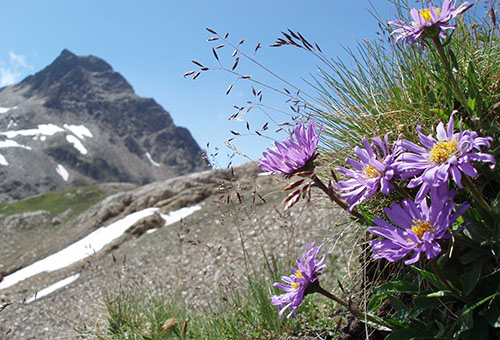
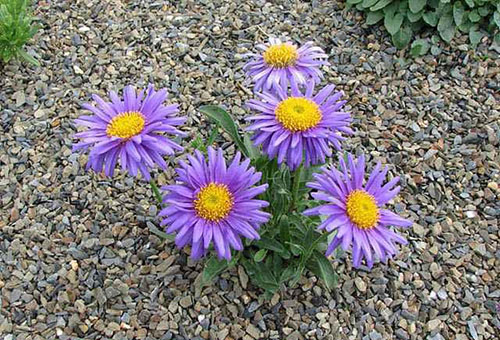
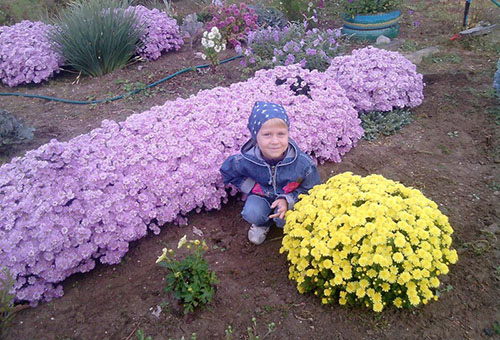
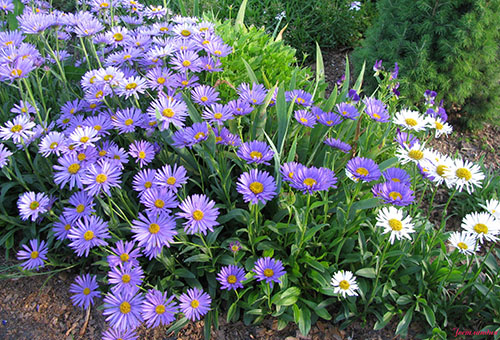
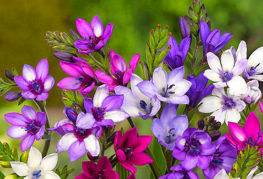
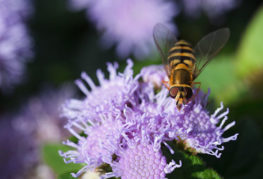

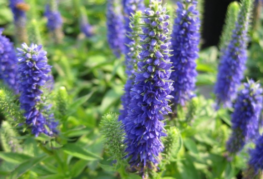
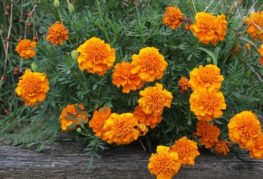
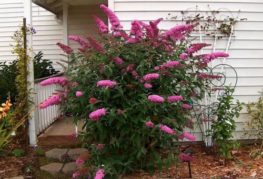
and will be published shortly.